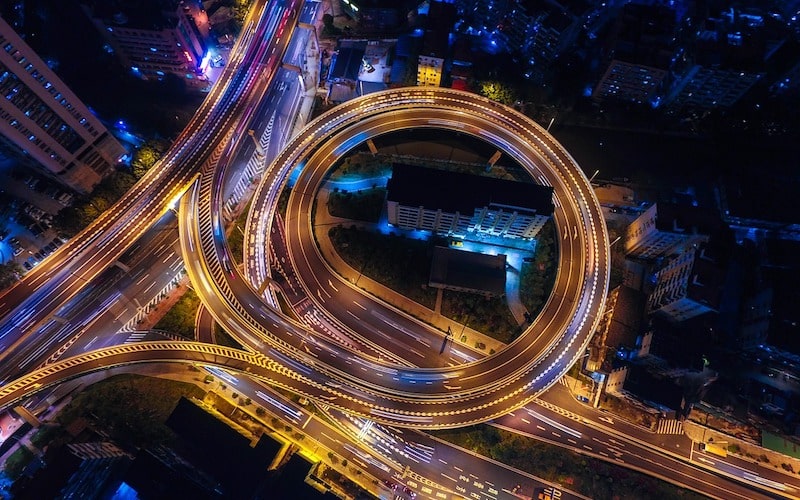If there’s a bane to big city life, it’s traffic. I found myself stuck in an Uber in the middle of a traffic jam. And when I got to thinking about how bad the traffic was, it blew my mind. We’ve put a man on the moon but we can’t solve traffic jams? The answer may be within data collection and the philosophy of the smart city.
We’ve got smartphones, smart homes, and all the rest, but our cities continue to have countless challenges with not much innovation. We’re relying on the same traffic lights, same infrastructure, same almost everything from decades ago. In the years ahead, however, smarter cities could become a reality.
Most cities have endless traffic jams and never get it right. A few cities, however, are attempting to use data to alleviate the problem. Firefly, for example, is a seemingly straightforward technology company that puts more money into Uber drivers’ pockets with a first of its kind network of “situationally aware” digital smart screens that generate vital data for cities. Data, collected from the hundreds of thousands of miles of Uber rides, gives traffic signals and urban engineers real time information.
Firefly received a $21.5 million dollar injection. The concept is pretty simple, maybe a bit obvious in hindsight: why not turn rideshares into a larger network?
My preliminary research suggests that data is the biggest thing holding smart cities back. It’s easy to gather user data on a smartphone. There’s one screen and only a limited number of users. But how do you gather accurate data regarding a dynamic urban area home to millions of people?
The solution is both straight forward: utilize rideshare cars. With Firefly, Uber and other rideshare drivers can quickly install smart screens on top of their cars, earning money in the process. Along the way, built-in sensors gather data, which in turn can be used to enable smart cities with unique partnerships with universities, nonprofits, and companies.
Kaan Gunay, the co-founder and CEO at Firefly, didn’t need hindsight to realize that turning rideshares into a dynamic mobile network could be a boon. Instead, he’s driving the industry forward with Firefly, using a team of engineers to build IP and hardware that are making mobile communication on rideshares a reality.
If you’ve ever had the chance to meet Gunay, you wouldn’t be too surprised that he’s the entrepreneur who not only saw the opportunity, but drove it to completion. While Gunay was born in Germany, he was raised in Turkey by his parents, themselves entrepreneurs, before immigrating to the United States.
In America, he found a land of opportunity, just like the millions of immigrants that came before him. After graduating from Brown University and working in finance, Gunay also spent time volunteering with nonprofits to support Syrian Refugee camps. The drive to make a difference led Gunay to Stanford’s Business School, where he focused on social entrepreneurship. Then, when he heard about how many rideshare drivers were struggling to make ends meet, he wondered if there was a way to help. This kicked off the thought-process that led to Firefly.
“Firefly taps into now-reachable data from rideshare drivers that can answer some of the most pressing traffic, congestion, and speed questions to date,” explains Gunay.
“It’s like a weather station that suddenly avails itself of thousands of new roving data balloons previously occupied by models and guesswork. Except now it’s smart cities that might just end up with a happier and healthier population because of the new data,” he adds.
Rideshare companies promise a path to financial freedom. In reality, drivers are beholden to busy times, such as early morning commutes and late-night weekends. The money might not be so great either. One study found that after you account for wear and tear, gasoline, and all the rest, Uber drivers are making just over $10 bucks an hour. That’s where Firefly comes in. The company helps drivers earn up to an extra $300 per month.
Gunay saw another opportunity: generating data to help our cities grow in a positive way. Simply putting screens on top of rideshares was a clever insight. What’s perhaps even more promising is the company’s ability to generate data on local traffic conditions and everything else to build a smarter city for our future.











